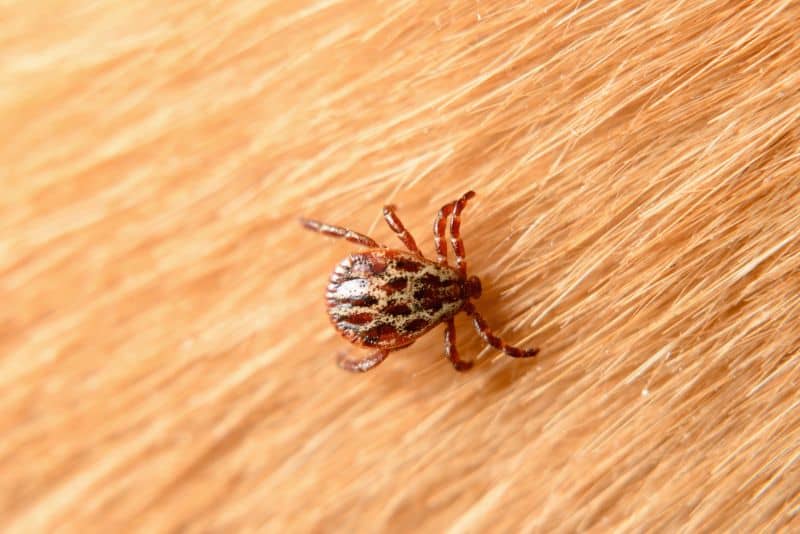The Dangers of Lyme Disease In Pets

As you enjoy a leisurely walk in the woods or run through the field with your dog this summer, nearly invisible ticks are waiting in the grass to make your dog (or you) a meal.
Among the dangerous pathogens they may pass along to you and your pet in the process, Lyme disease is one of the best known but least understood. The CDC reports Lyme disease as one of the most common tick-borne diseases in the country, with an estimated 300,000 new human cases of infection per year, though many go undetected.
Veterinary medicine is getting better at accurate screening tests that can detect Lyme disease in its early stages, benefitting both your dog and you. Animal Medical Hospital & Urgent Care 24/7 shares some facts about the dangers of Lyme disease in pets, and what you can do to protect your dog, and your family.
Lyme Disease in Pets
Lyme disease is caused by the bacterium Borrelia burgdorferi and transmitted to dogs through the bite of an infected blacklegged tick. In most cases, the tick must be attached for 36 to 48 hours before the bacterium can be transmitted. Daily inspections of your dog are recommended, especially if he has been in wooded areas.
Signs of Lyme Disease
Symptoms of Lyme disease may not show up for months after a tick bite, and can be frustratingly similar to other common diseases. If you notice these signs in your dog, it’s important that they are seen by a veterinarian right away to begin diagnosis and treatment. Earlier treatment means a better outcome for your dog.
- Joint pain or lameness
- Fatigue (tiredness or exercise intolerance)
- Fever
- Enlarged lymph nodes
The characteristic “bullseye” skin rash in humans is not apparent in dogs.
Signs may seem to resolve on their own only to reappear later. This often delays diagnosis and treatment as pet owners perceive that their dog is better. However, if left untreated, Lyme disease in pets can cause permanent heart damage as well as joint and nervous system conditions.
Diagnosis and Treatment
Diagnosis can be made with two different blood tests that identify antibodies in the blood. It’s important to note that dogs produce these antibodies slowly, so an early negative test may not be all that is indicated. Further blood testing may be needed if signs are apparent even 2 – 4 weeks after a bite. To complicate matters, many dogs test positive for Lyme disease, but are not clinically ill. A discussion with your veterinarian about testing is the best way to proceed.
Treatment is a course of antibiotics, and dogs can feel better after only a few days. However, it is important to follow your veterinarian’s instructions and to complete the entire course of medication, even if your dog is seemingly well.
Prevention
The danger of Lyme disease poses a risk to dogs in many areas of the country. The CDC reports that tick borne diseases are on the rise in the US with some experts citing the reasons being climate change and earlier spring weather which allow ticks a longer breeding season. As well, it is well understood that tick migration patterns are expanding.
Effective prevention of Lyme disease includes:
- Use a year round topical or oral tick preventive. Your veterinarian can recommend the best fit for your dog
- Keep yards maintained and trimmed and clear leaf piles, lawn trimmings, and other debris.
- When possible, avoid tick habitats such as marshes, wooded areas, and tall grasses
- Discuss Lyme disease vaccination with your veterinarian
- Check for ticks on your pet and yourself daily
- Learn how to remove ticks
If you have any questions about preventing ticks on your dog or Lyme disease in pets, please don’t hesitate to call us. And if you are concerned for your dog’s health, please schedule an appointment right away or come in to see us. We’re here 24 hours a day, 7 days a week for your pet.
